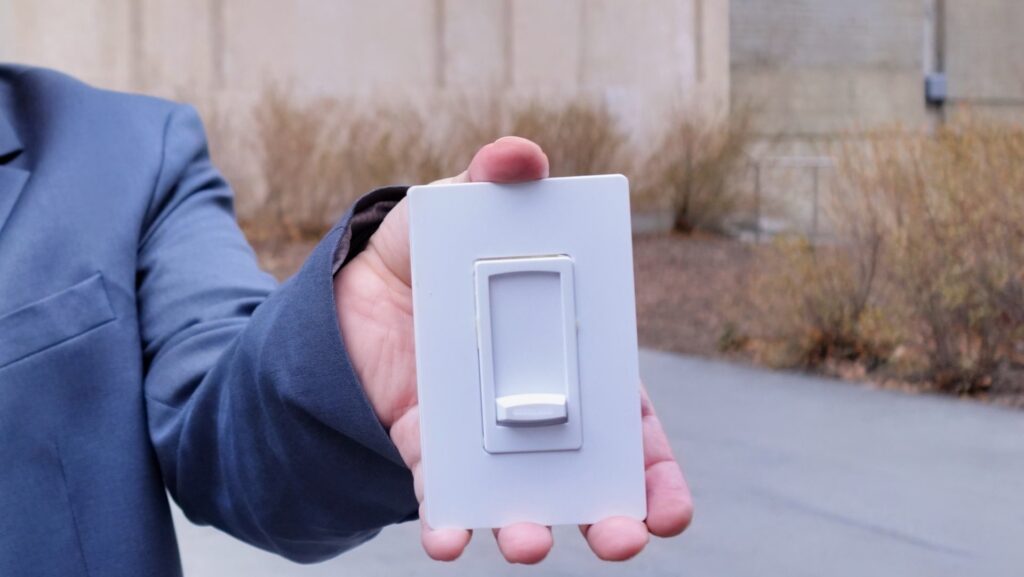Photo courtesy of University of Alberta.
Researchers at the University of Alberta in Edmonton, Alberta, Canada, invented This feature makes housing more affordable, more energy efficient, and uses less raw materials.
Kambiz Moez, chair of electrical engineering in the School of Electrical and Computer Engineering, has developed a wireless light switch that, unlike other wireless light switches, does not require batteries. Instead, the switch developed by Moez harvest energy From ambient sources such as radio frequency signals.
In the house Moez envisioned, each floor would have one or two high-frequency power transmitters that would power all the switches.
Installing these light switches in your new home can significantly reduce the labor and materials required to install your electrical system. Not only is this cheaper to make and buy, but it also reduces the amount of dirty energy needed to produce the materials, such as mining the copper to make the wire and manufacturing the synthetic rubber that coats the wire.
Moez says he has developed a prototype. less than $1 The system is “scalable, easy to replicate and deploy, and can be customized to meet the specific needs of homeowners, contractors and regulators.”
But Moez is much more than a wireless, battery-less light switch. He describes a futuristic home that maximizes efficiency and minimizes energy usage. He said the system uses sensors to detect temperature, humidity and occupancy and can automatically adjust accordingly.
“Imagine heating a 3,000-square-foot house, but only one room is in use at any given time.” Moez said In a university report. “If you have wirelessly controlled vents in your home, you can close the vents on the outside of that room or in some bedrooms.”
Moez said the system can also turn lights on and off as someone moves from room to room.
This system saves homeowners money by reducing utility bills and continues to reduce carbon pollution by reducing unnecessary energy use.
“By making it possible to control every part of the house wirelessly.” Moez said“Our solutions prevent unnecessary energy use, resulting in lower utility bills and lower carbon emissions.”
Moez’s system is just one way homes built in the future can reduce electricity bills and energy usage.
A group of University of Wyoming students worked with several faculty advisors to build an innovative net-zero energy house. The house is equipped with solar panels and a heat pump, positioned to keep it warm during the winter months, and has specially positioned windows to allow the warmth of the sun to enter the house.
Another home built in California by two architecture firms also uses solar panels and building placement to make the most of the sun’s rays.
However, both of these homes will be out of most people’s price range. Moez’s system will become more readily available once it becomes widely available.For now, Moez and his team are still proof of concept stage.
Join our free newsletter to get weekly updates on the coolest innovations improve our lives and save our planet.
